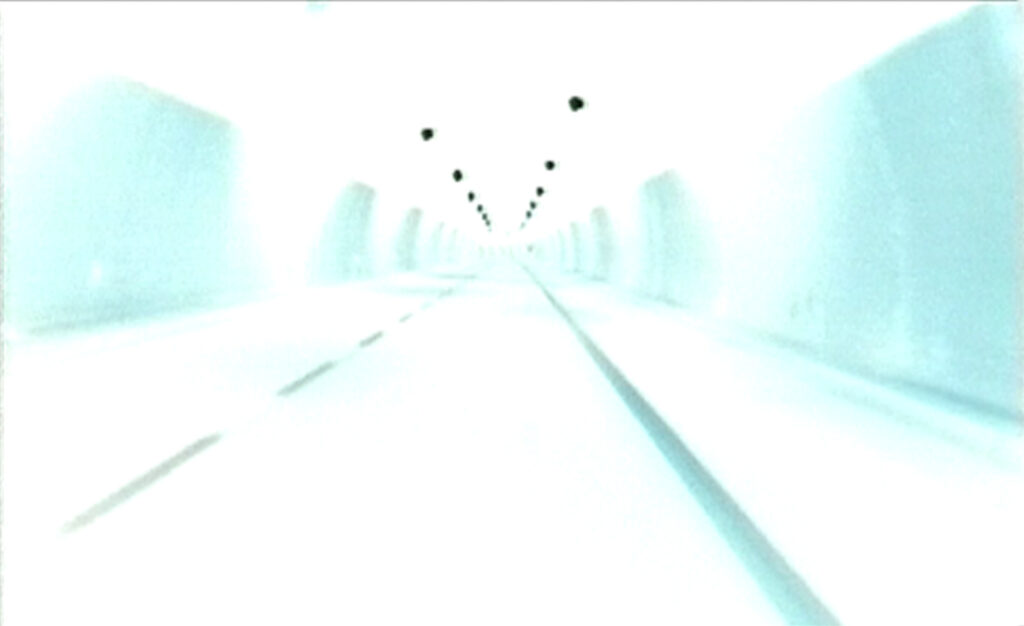
FRIULI_3407_photo/dibond_2000

FRIULI_4818_photo/dibond_2000
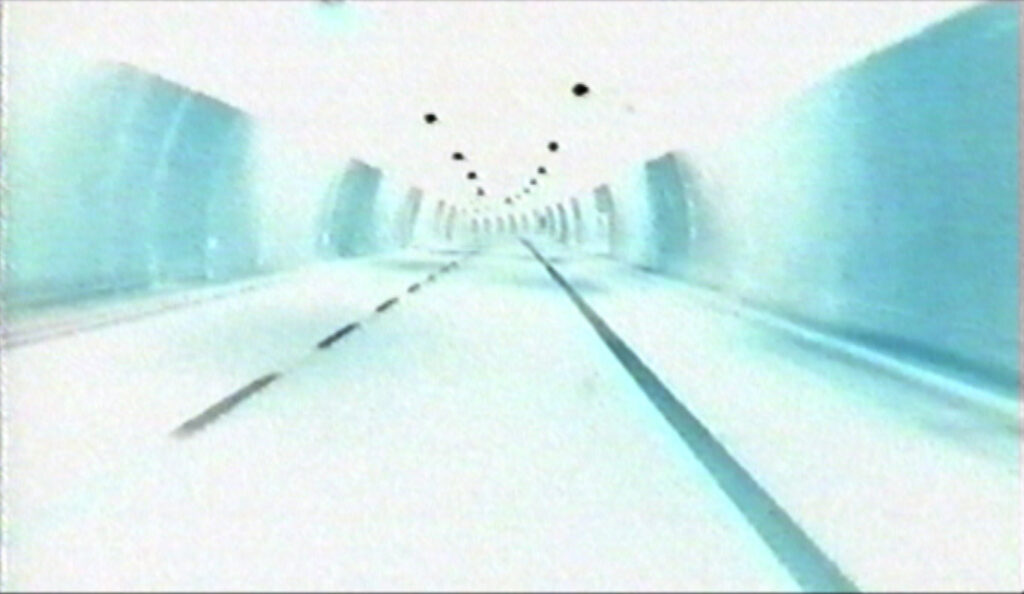
FRIULI_65902_photo/dibond_2000
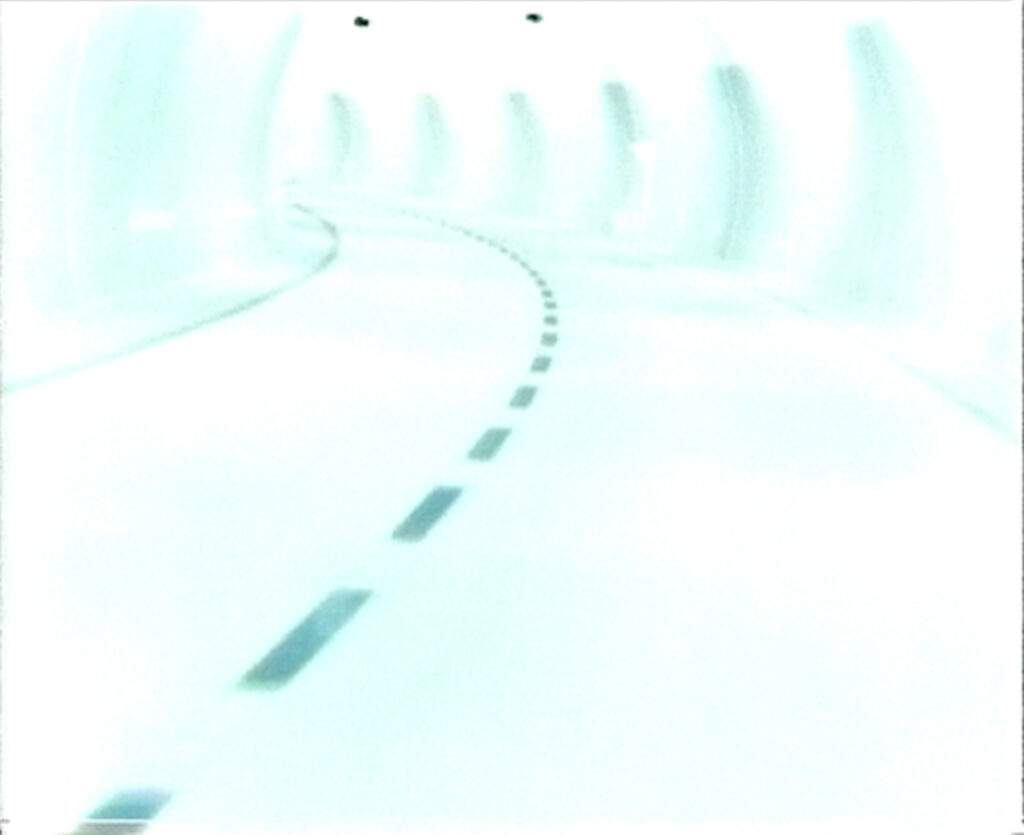
FRIULI_61605_photo/dibond_2000
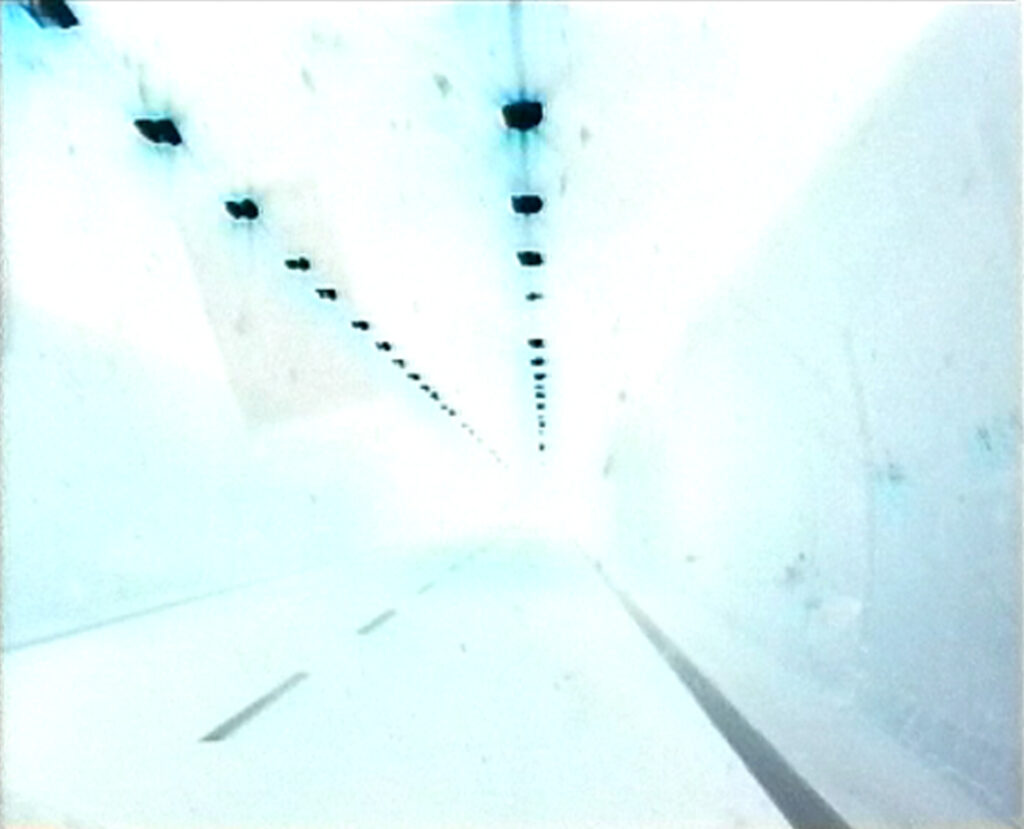
FRIULI_65902_photo/dibond_2000
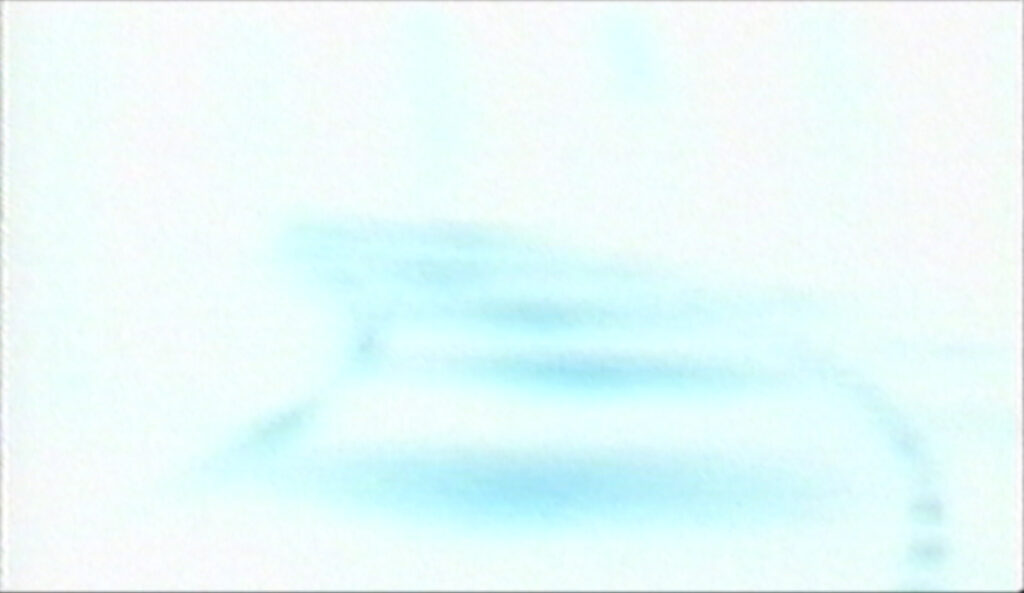
FRIULI_34306_photo/dibond_2000
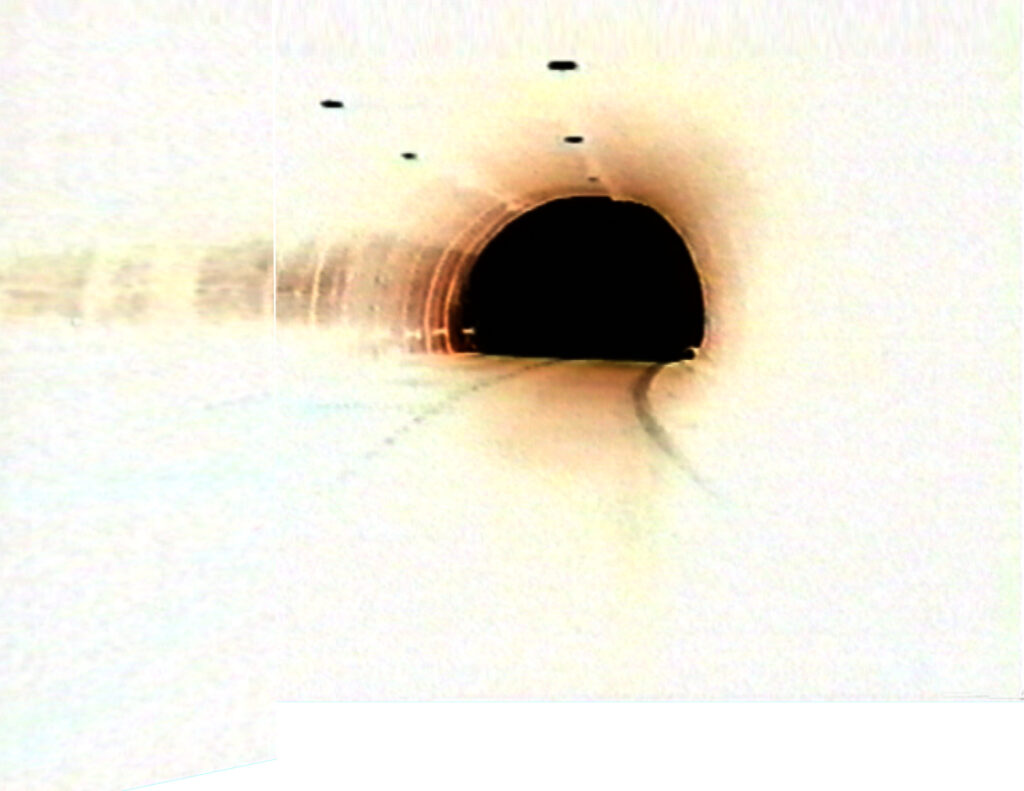
FRIULI_80715_photo/dibond_2000
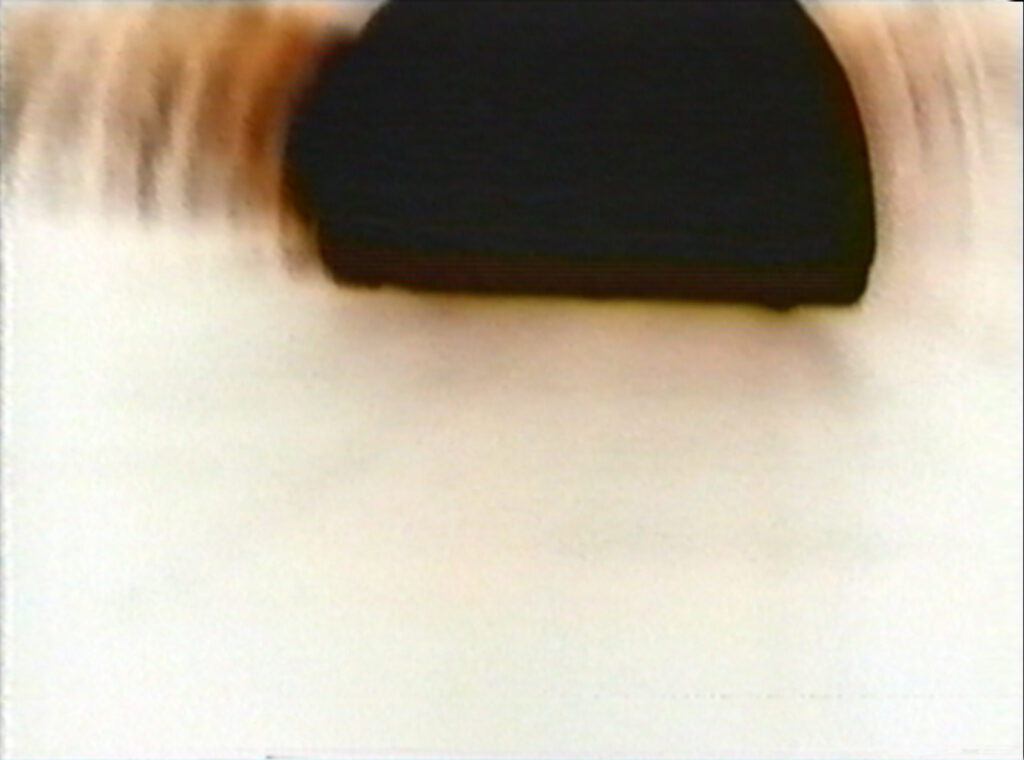
FRIULI_92613_photo/dibond_2000
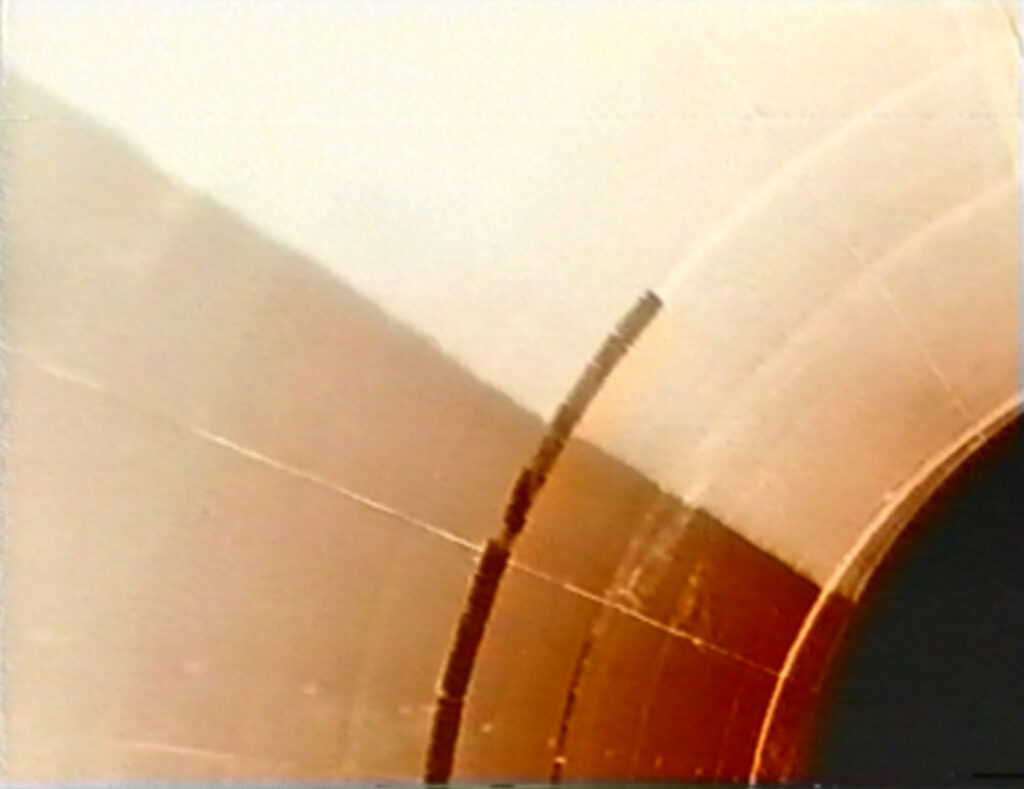
FRIULI_110813_photo/dibond_2000
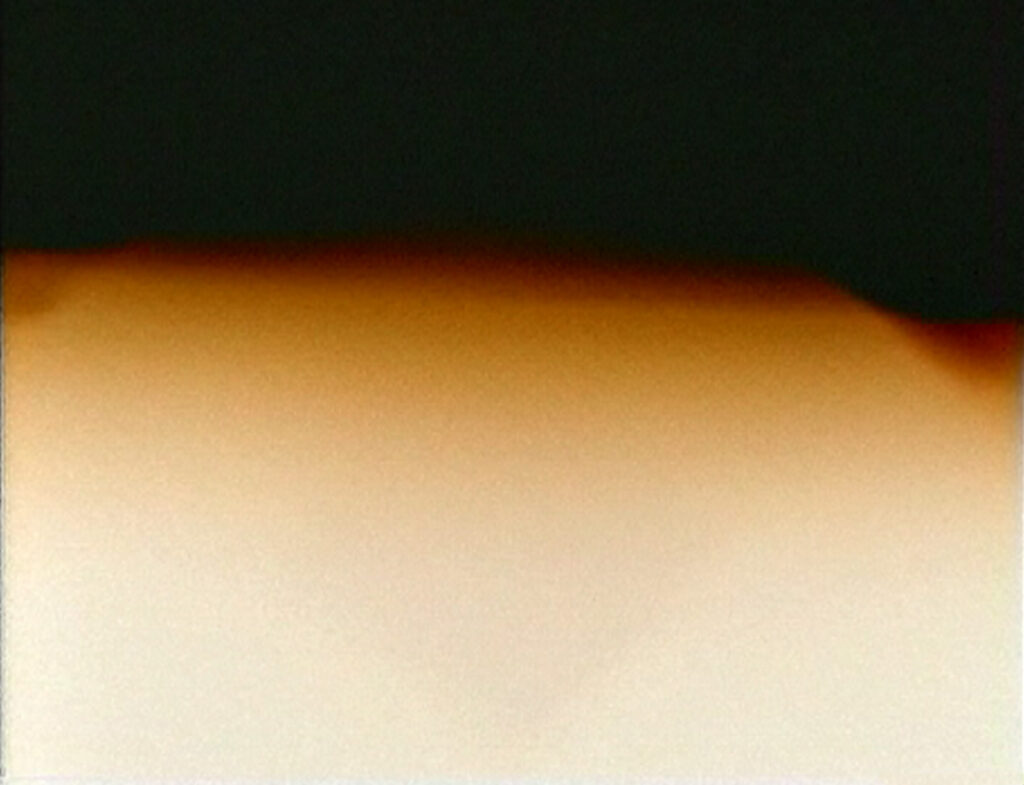
FRIULI_92421_photo/dibond_2000

FRIULI_12408_photo/dibond_2000
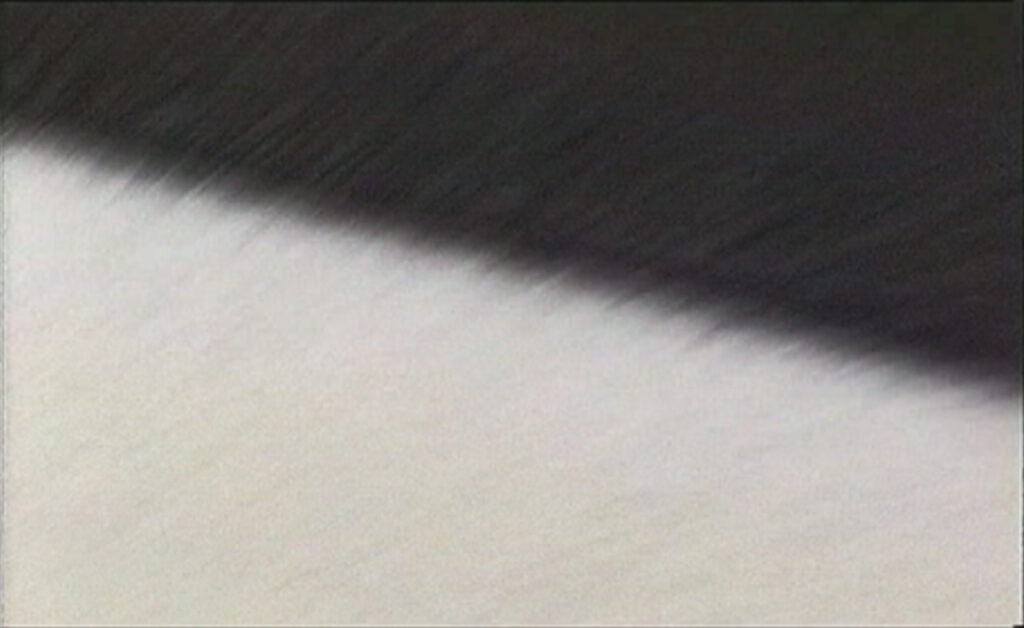
FRIULI_13515_photo/dibond_2000
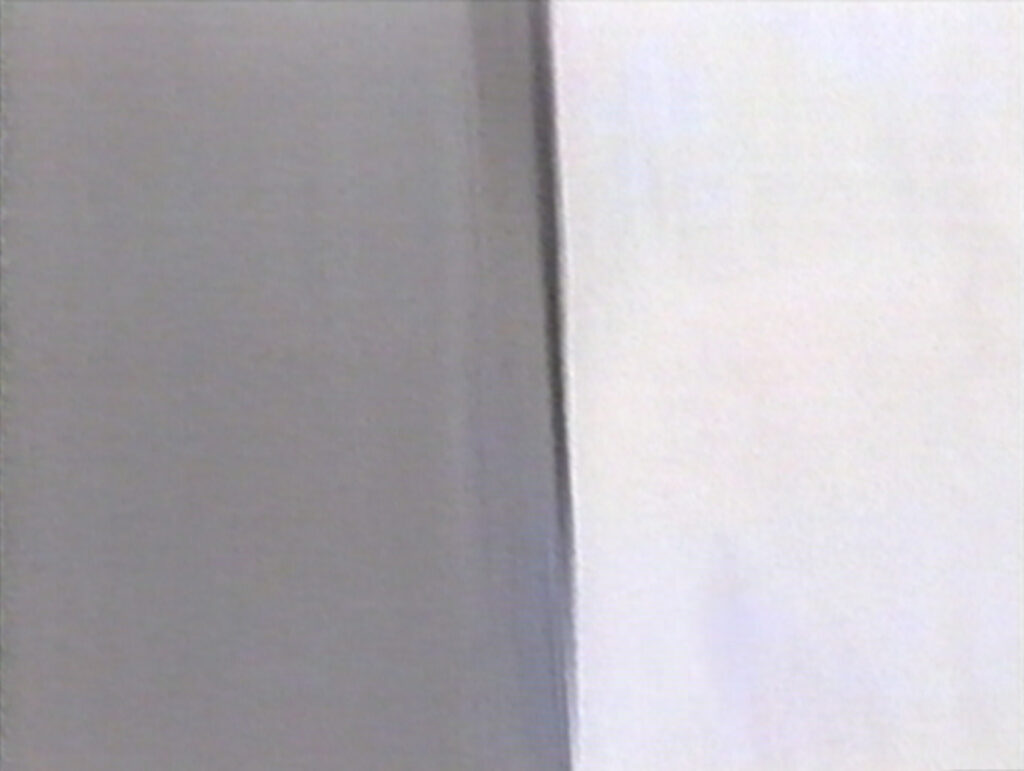
FRIULI_151617_photo/dibond_2000
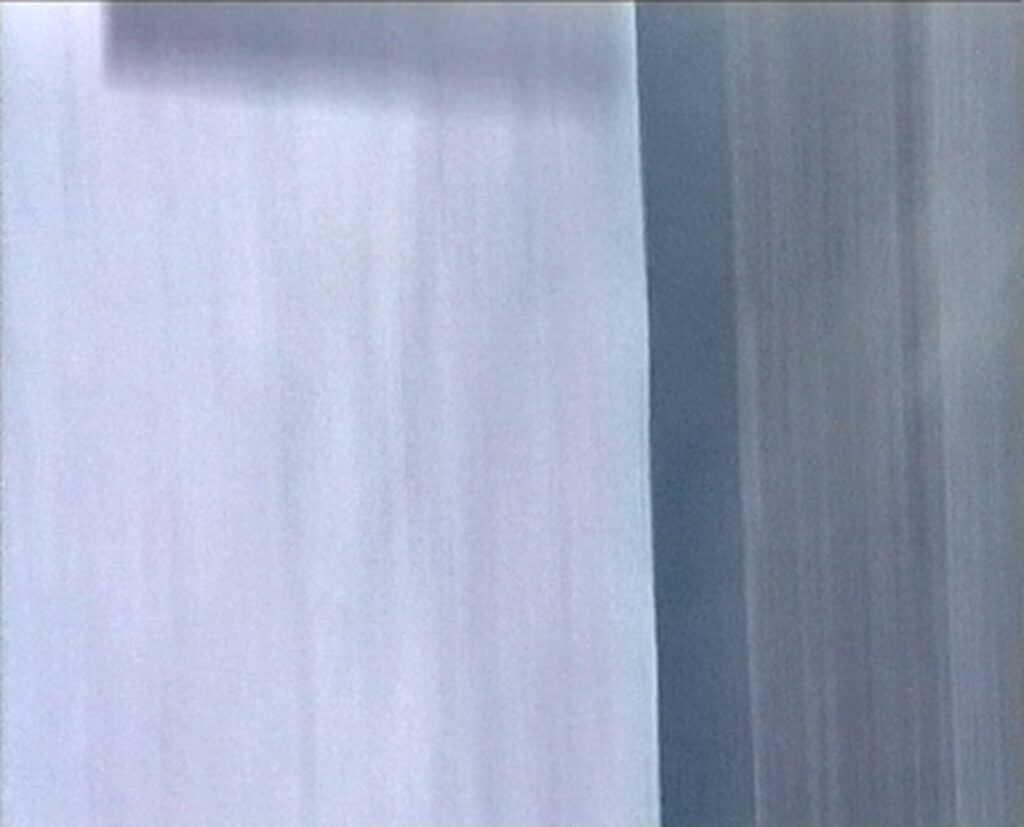
FRIULI_134922_photo/dibond_2000
F r i u l i ( 2000 )
Eikon / Internationale Zeitschrift für Photographie & Medienkunst, Heft 41 S.24. 2003
During a trip to Italy, Marianne Maderna decided to film the journey through a road tunnel. While her husband drove the car, she manipulated the video camera to the accompaniment of a specially chosen Australian piece of music. The artist acted intuitively within parameters set by artistic calculation. Her camera movements were prompted and inspired by the music and spontaneous ideas; she continually changed her perspective using different buttons on the camera, turning functions on and off, maintaining a span of tension whose end coincided with the end of the music. She then extracted individual sequences from this interactively and processually created film and drew them together in the series of individual images also entitled “ Friuli “.
The course of the passage through the tunnel reveals space to us as a series of optical stimuli recorded in the sequential pictorial medium of video. The dark tube of the tunnel transmogrifies through camera technology into a transparent, white – sometimes bluish – space where dark layers and streaks (lighting and road signals) seem to hover.
Perception of the space is alienated in its essence through ever-changing perspectives and technical manipulation. As a result of the dissolution of the one-sided directional depth of central perspective, the tunnel can no longer be defined in its three-dimensional expanse, the limits of space blur to a contextless and dimensionless web, where the tunnel does not entirely dissappear as an identifiable place, but the images swing between the pictorial and the abstract. A total rhythm of indepent forms emerges instead of a mimetic adherence to individual motifs.
What becomes thematic here is the aspect of perception of the tunnel through the movement of the subject, where the physical movement through space changes the perception of the same. Understanding of spatial form of the building depends on mobility: this should not be merely related to spatial concepts but also grasped – as movement takes place both in space and time – in terms of temporal concepts. The connection between the temporal concept and the visual process, which is tied to the system of spatial coordinates, produces optical images that are augmented by a motor impression – movement and images produce something new. In this new spatial context it is important to recognise the influence of cinematogaphy as a medium that inextricablly links movement and time. The film demonstrates how the movement of a human being through space is transferred to the latter. Erwin Panofsky was the first to analytically postulate this phenonmenon of space perceived through movement in the 1930’s (“Style and Medium in Motion Pictures”, 1934). Accordingly, cinema completely transforms the traditional ideas of time and space by making space dynamic and simultaneously making time spatial. The space that has been set in motion itself gets closer, draws back, turns, dissolves itself, reconstitutes itself, – analogous to the movements of the camera and the changing camera angles.
In contrast to the real change of location of the subject, this movement of space takes place on a purely virtual level: it does not affect the physical existence of the tunnel, but its phenomenal existence, which reveals itself to the mobile observer to be changing. Film presents this virtual movement effectively, in a way that includes both the perciever and the percieved and displaces their static opposition in a new and flexible system. The viewer of the film, for whom the direct and immediate stimuli of the outside world are not available, is forced to watch the fleeting, moving, changing images in which the new space evolves.
Far from being a mimetic reproduction of reality, in Friuli a complex, multi-sensual reality with its multitude of changing individual impressions is simplified to form selective, reductive fragments of reality that assume the character of signs. By dismantling the pictorial structure into spatial movement images, distortions, deformations, fragmentations in individual elements of form (such as patches, dots, slices or strips), are allowed to emerge, together with blurs verging towards the monochromatic, essentially shadowy differentiated colour fields. As autonomous forms in an immaterial space, they begin to develop a dynamic of their own.
Maderna’s film (stills) are the result of a multiple de-realization and de-sensuousness through the use of technical aids. The movement of the wayfarers in the car who, even while themselves motionless, experience their surrounding space in motion, through the filtered perception of the videocamera, the acoustic stimuli of the music transform a tunnel divested its material, architectural and formal characteristics into a surface phenomenon that is determined by immediate circumstance and presence. Through the transformation of these percieved/recorded elements in the lighting patterns of the video, instead of a primary, sensuous (near) orientation, a new world of immaterial representations emerges without reliable borders in space or time.
The immediate presence of the fragments of reality by filming the entire passage through the tunnel without break, leads to a continuum of “super” real signs that are beyond real time and real space. This develops an intensive pull effect through the continually retreating vanishing point of the street, an unusual atmosphere that draws the viewer into an immeadiate form characteristic for the medium of film and that suffuses the filmstills. The mobilized and technicised perception, which records the surface of a system of stimuli that has been subject to accelerated change, soaks up the distance of the outside space just as much as that of time. In this technically and electrically created proximity constellations appear to the view and dissappear once more.
If our traditional ideas of space operate with spatial-temporal distances and fields independent of one another, and zones such as above/below, inside/outside, far/near, open/closed, that enables orientation and defines hierarchical relationships, here the borders become diffuse, and what was once separate merges inextricably together. At the same time, the simulated proximity, the immediacy of the presentational signal in its weightless and suspended state leaves no room for the experience of convergence, transition, the perspectivist perception of an opposite from the distance of the external viewpoint. Everything reveals itself to be simultaneous in the mediated reality of the videostill. A universal immanence is created, in which nothing has its place, but rather everything has its “time”, its fleeting point of time as a trace of light on the monitor. 1)
What become visible are patterns, basic forms. Maderna’s entire oeuvre is characterised by a visual searce for traces, the hunt for analogies, “character affinities” (Maderna), fundamental agreements that reveal themselves everywhere, from the micro to the macrocosmos. The continually resurfacing forms such as crosses or circles reveal complex living connections to her, reveal that everything is related to everything else, that the whole world repeats itself in individual objects. The conquest of spatial borders that becomes palpable in Friuli contextually dovetails with the restriction of traditional borderlines between human beings, animals and plants, between organic and anorganic matter, between culture and nature, and also between the here and the beyond, between earthly and spiritual space.
The significance of Friuli can be narrowed down within the context of Maderna’s work. While the themes of totality, compassion, involvement and the dissolution of borders, are cogently realised in the medium of film, other of Maderna’s works also aim for the experience of wholeness with other means. Maderna, who finished her study of art in the 60’s as the borders between the genres of painting, sculpture and architecture were beginning to blur and both the painting and the sculpture became spatial, designs spaces that are both architectural and sculptural, both object and ambience.
High, hermetic and block-like spaces open at the top like the “Bau” in its various versions, or the “Silent Room” , are conceived as places of meditation with empty, white interiors where the isolated viewer who is cut off from the outside and left to his/her own devices. The space reveals its real measurements unclearly, ambivalently, it seems static and dynamic at the same time to the mere optical perception. In view of the bright emptiness it is percieved as being limitless and dimensionless and evokes in the human being who is bereft of temporal and spatial reference points as an “interaction between presence and absence, between deception and reality, endlessness and immediate proximity”. 2)
Reflecting the artistic strategies of undermining traditional ideas of space, time and causality, the sensitive viewer enters into an ex-static state in Maderna’s spaces that – as graphically depicted in cinematographic or photographic media – is characterized by the intention of liberating perception, a subjective temporal and spatial experience that is not technologically or goal-oriented, but that evolves experientally. In these places where the dichotomy between the subject and object, interior and exterior, seems to be negated, a collective, age-old knowledge resurfaces in Maderna’s memories that is only approachable for people on an intuitive emotive level, beyond our logical rational consciousness: the knowledge of the totality of the world.
Kerstin Braun
1) Marianne Maderna: Notes, in Raum und Ausgang / Triton- publisher / Vienna 1997
2) Götz Großklaus: Medien – Zeit, Medien – Raum. Zum Wandel der raumzeitlichen Wahrnehmung in der Moderne / Franfurt am Main 1997
translated by David P. Gogarty